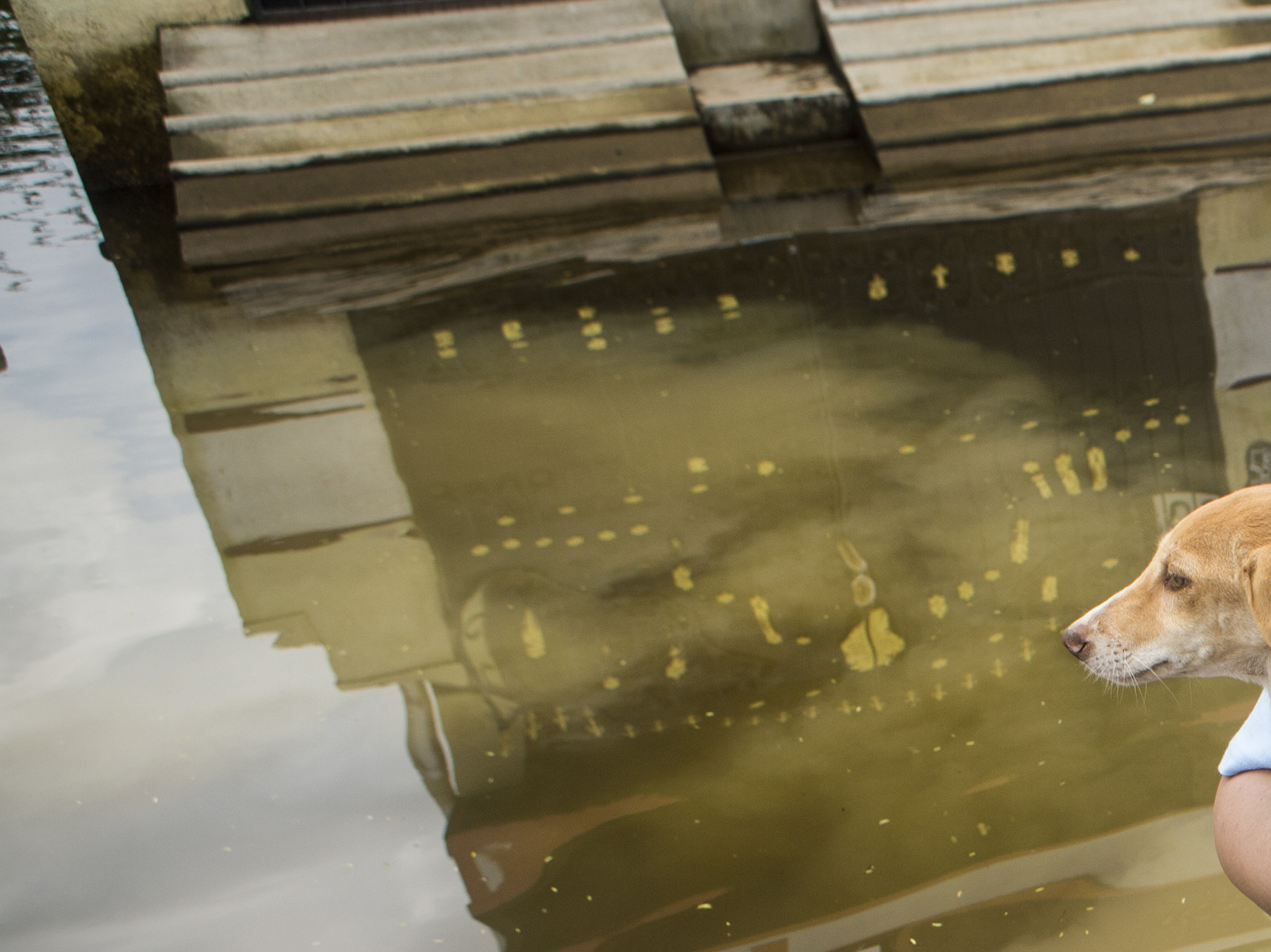
Flooding and Animals: Keeping your Pets and Livestock Safe
Be prepared! This guide outlines steps to keep your pets and livestock safe during a flood
Understanding floodwater dangers
The threat of floodwater
What is a flood?
According to FEMA, a general definition of a flood doesn’t include an exact depth of water but states ‘a temporary condition of partial or complete inundation of 2 or more acres of normally dry land area.’ This can be an overflow of inland or tidal waters, or an unusual and rapid accumulation or runoff of surface waters from any source.
Floods pose immediate dangers like powerful currents that can sweep away people, animals, and vehicles. Contaminated water from sewage and pollutants creates long-term health risks for both humans and animals.

Did You Know?

The number of flood events in the US has doubled in the last 50 years.
Preparation is key
Plan ahead to protect your animals
The key to animal safety during floods is preparation. Develop a plan outlining where your pets and livestock will go during a flood. This may involve evacuation, moving them to higher ground, or sheltering in place.
Key steps for flood preparation
- Develop a flood plan for your animals
- Identify potential evacuation routes and shelters
- Create a safe haven for sheltering in place
- Gather supplies for your animal disaster kit
Pet preparedness
Keeping your pets safe during a flood
Evacuation: If possible, take your pets with you. Ensure they have proper carriers and identification tags.
Sheltering in Place: Move outdoor pets indoors. Place a notice on your home with pet details and your contact information. Move pet toys and beds to higher ground to keep them dry.
Pet Disaster Kit: Consider including items like food, water, bowls, bedding, medications, first-aid supplies, and sanitation items.

Livestock preparedness
Protecting your livestock during a flood
Animal Evacuation: Plan for safe evacuation considering human safety as well. Identify an evacuation site with necessary resources and secure transportation. Maintain a complete inventory and identification for all animals. Prepare an evacuation kit with essentials like food, water, medications and handling equipment.
Sheltering in Place: Develop a plan to allow animals access to higher ground if evacuation is impossible. Post contact information on farm buildings. Tag animals with identification details.

Post-flood recovery and resources
Recovering after the floodwaters recede
Following a flood, recovery efforts include assessing property damage before allowing animals to return. Safely dispose of carcasses and prevent animals from accessing remaining floodwater and debris. Monitor animals for signs of illness and seek veterinary care if needed.
Additional Resources
- Contact your local Red Cross for Shelter: www.redcross.org
- Apply for disaster assistance: www.fema.org
- learn more about how to prepare for disaster: floodsmart.gov
- More tips for disaster planning with pets from FOUR PAWS


